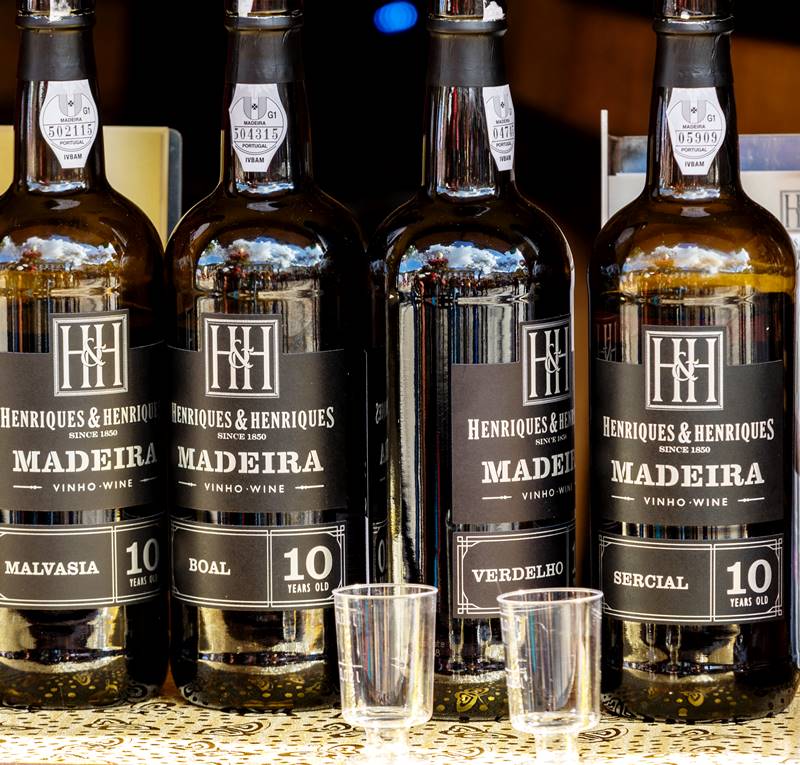Madeira wine, renowned for its long life and exceptional quality, is facing major threats from booming tourism and environmental change. Highly prized for centuries, especially by the British and Americans, this famous wine is now at risk from a variety of pressing issues.
Since the start of the Covid-19 pandemic, Madeira, a small volcanic island belonging to Portugal, has seen a significant increase in real estate development. Thanks to the influx of foreigners buying properties and the increase in mass tourism, this demand for land has led many winegrowers to sell their vineyards at high prices. This trend has severely affected the local community, pushing them out of the market.
João Teixeira, winemaker at the Justino winery since 2000, highlighted the particularly worrying situation on the island’s southern coast. Areas such as Câmara de Lobos and Estreto de Câmara de Lobos, which account for more than half of Madeira’s wine-producing area, are feeling the squeeze. And despite the Portuguese government scrapping property purchases under its controversial Golden Visa scheme last October, property prices are still rising.
Although tourism is important for wine sales in Madeira, it also puts pressure on land traditionally used for vineyards. In 2023, Madeira recorded more than 10.9 million tourist overnight stays, an increase of 13.6% compared to 2022, according to the Regional Directorate of Statistics of Madeira (DREM).
Land sales, aging grape growers, difficulties in mechanizing harvests and competition from banana and sugarcane plantations have prompted many grape growers to consider selling their land. This trend could significantly reduce the production of the island’s most widely grown grape.
The Madeira Institute of Wine, Embroidery and Crafts has documented a decline in the number of winemakers, from 1,900 in 2000 to 1,147 in 2023. Competition for grapes is fierce, with producers like Blandi struggling to secure their supplies. Chris Blandi, CEO of Blandi, described the grape market as a souk, with slower winemakers left without supplies.
Francisco Albuquerque, wine director and winemaker at Blandi, stressed the need to grow grape varieties in Madeira’s seven microclimates. Land sales and vineyard abandonment threaten to move these varieties to less suitable areas.
Climate change has exacerbated these problems, affecting Madeira’s grape growing. Last year, the harvest was 4,000 tonnes, but this year it is expected to fall to around 3,500 tonnes. A warm winter, with average temperatures rising by 4 degrees in January, has accelerated the harvest in some areas and significantly reduced the production of Sercial grapes.
Banana production in Madeira has grown significantly since 2009, when the government stepped in to support the debt-ridden banana industry. In 2022, revenue from banana sales surpassed that from Madeira wine, reaching €21.2 million compared to €21.2 million respectively. Banana sales increased by 10.8% last year, while Madeira wine sales grew by just 1.2% in value terms.
The decline in the number of grape growers and the rise in banana cultivation are prompting wine producers to call on the Madeira government to intervene to preserve vineyard areas by creating agricultural reserves. Blandi and other producers have urged IVBAM to update the vineyard registry, a task that has not been done since 2008, increase grape prices and provide EU support for Tinta Negra production.
Chris Blandy stressed the importance of developing a long-term sustainable strategy for tourism and wine in Madeira. The inclusion of Madeira wine on UNESCO’s Intangible Cultural Heritage List would help preserve this agricultural heritage, but it requires swift and effective action from the government and producers.


